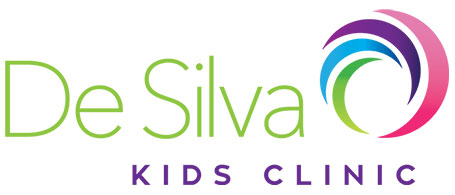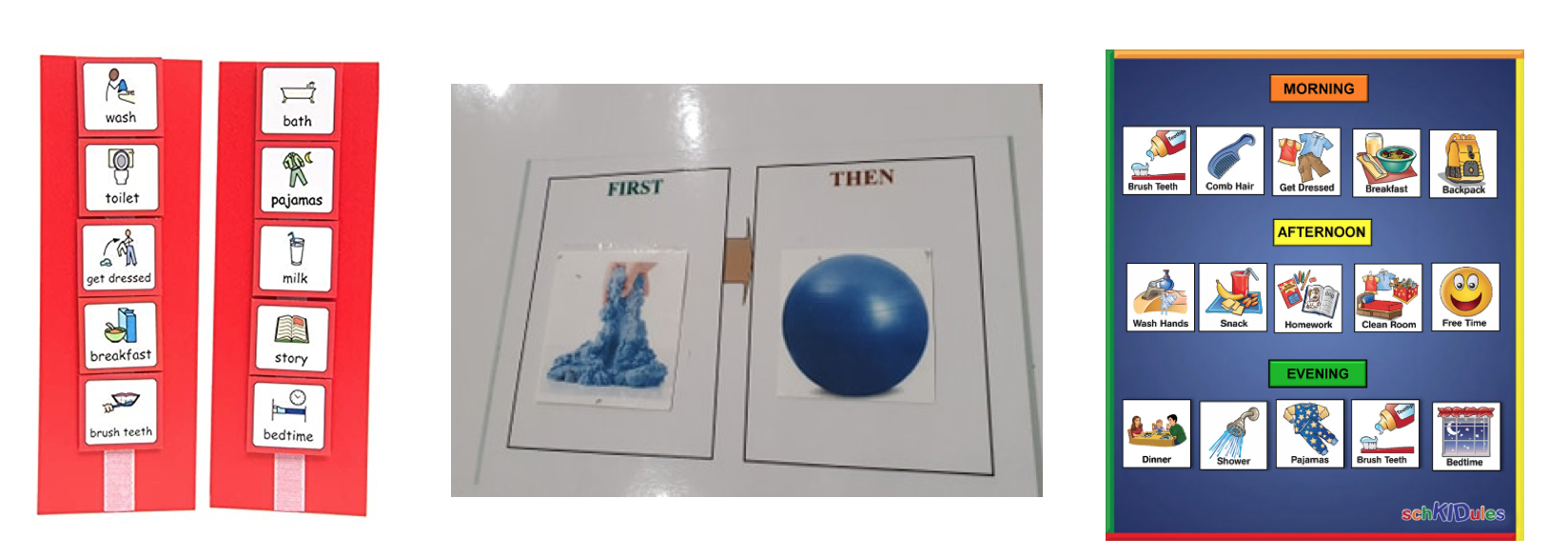STANDARD SCORES
– Children’s scores are converted to standard scores so that they can be compared to scores of children of the same age
– Most tests have an average standard score of 100.
– Increments of 15 are used to separate the population into “average,” “below average,” and “above average” sections
– If your child receives a score between 85 and 115, it is considered to be within the average range. This is why the curve is higher for this section because most people fall in the average range
PERCENTILE RANKS
– Percentile ranks are given as an easy way to compare your child to other children his or her age
– A percentile rank of 16 for example, means that your child falls within the 16th percentile. In other words, it means that your child scored the same or higher than 16% of children the same age who took the same test
– Percentile ranks are not the same as percent of correct answers on a test
Marisa Donnoli – Psychologist at De Silva Kids Clinic













